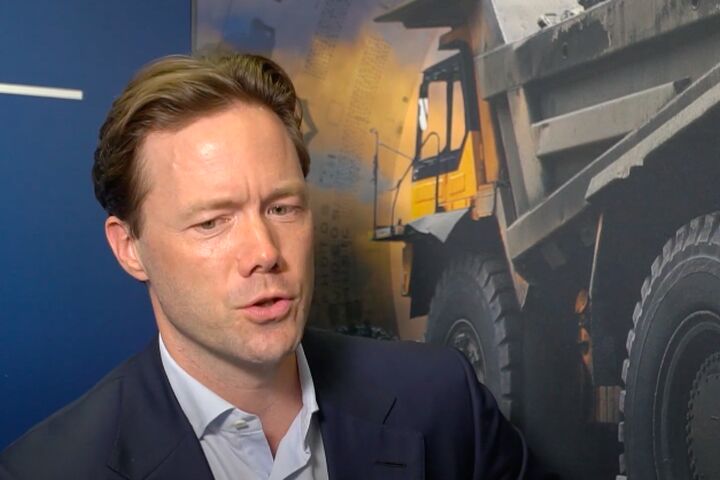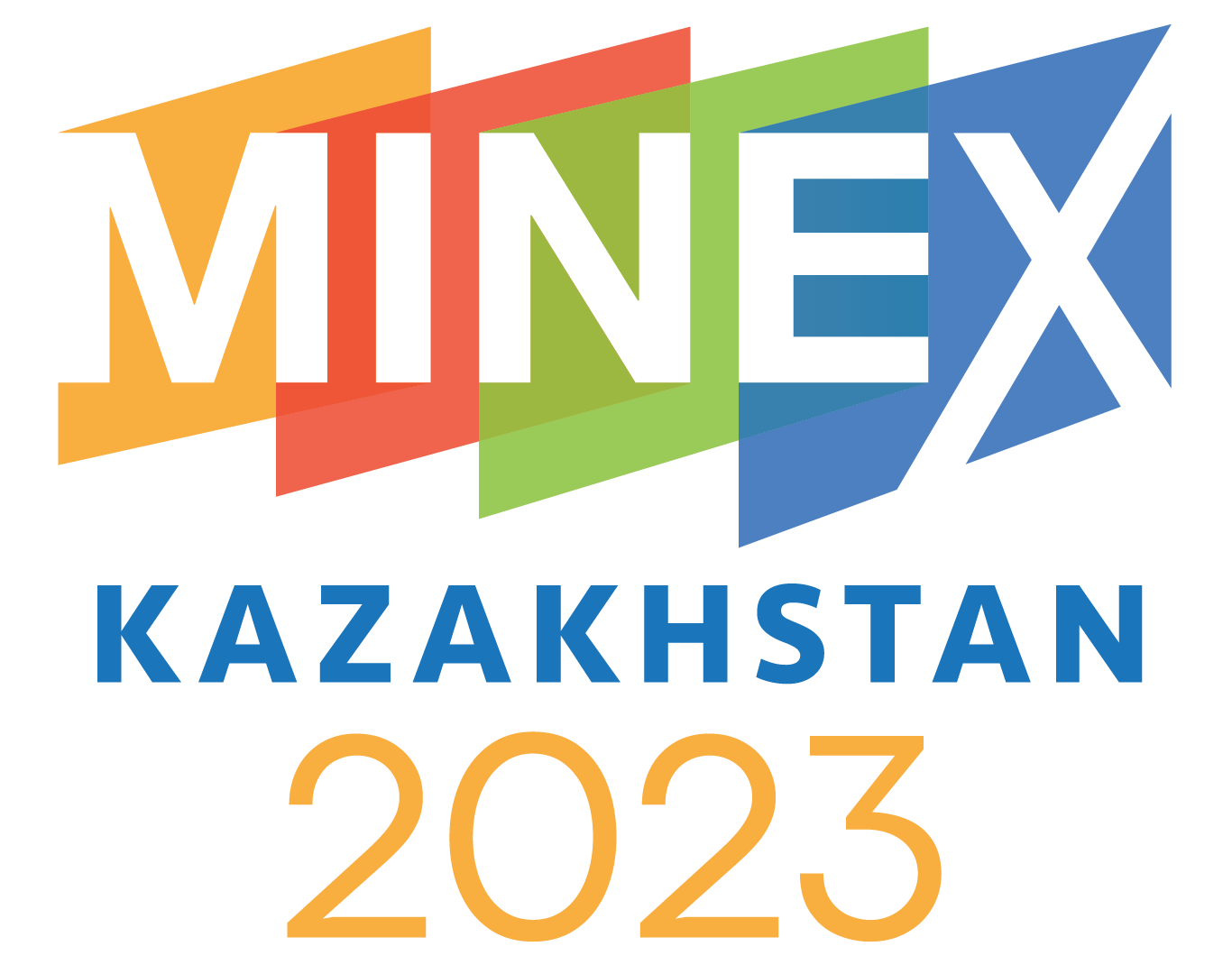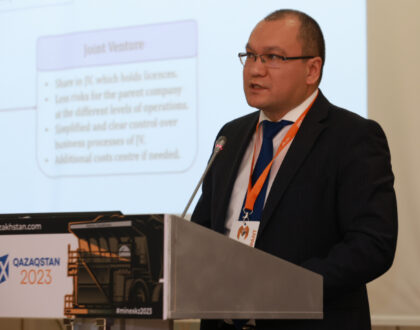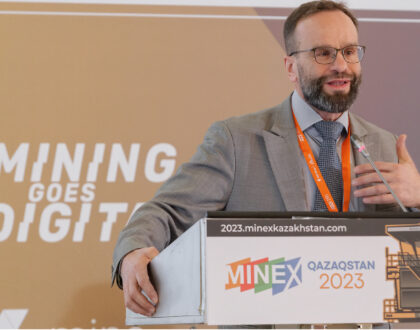Miners have to make move into higher risk jurisdictions, ERG CEO says

Speaking in an interview with Fastmarkets on Thursday January 11, Benedikt Sobotka, chief executive officer of Eurasian Resources Group (ERG) said that while large, listed miners have historically turned to perceived lower-risk environments such as Canada and Australia, this will need to change because there are vast resources outside those countries.
“It forces companies to go into jurisdictions they have historically shied away from and makes it – particularly because of today’s ESG requirements – more difficult to get access and operate,” he said on the sidelines of the Future Minerals Forum in Riyadh, Saudi Arabia.
“But those riskier jurisdictions are where the growth has to happen, because it is now harder to quickly develop large deposits in Canada, Australia and so on. We have to be able to work in jurisdictions that are more complicated,” he added.
ERG, which is 40% owned by the government of Kazakhstan, is the world’s largest high-carbon ferro-chrome producer by chrome content and among the major cobalt producers. It is also a large producer of copper, the only producer of high-grade aluminium in Kazakhstan and one of the largest suppliers of alumina and iron ore in Europe and Asia.
In addition to Kazakhstan, the company has operations in the Democratic Republic of Congo (DRC), Zambia, South Africa, Zimbabwe, Mali and Mozambique, as well as in Brazil.
Securing permits a lengthy process
Sobotka said that securing permits to develop projects is a protracted and lengthy process, even more so in established regions, which is a key reason why the industry cannot get the required volumes from those jurisdictions.
It comes down to political will, he noted. He cited the example of Germany, which realized it needed to diversify its gas supply away from Russia, taking 250 days to build a regasification terminal instead of the traditional six to seven years.
“It’s a question of political will as to whether you are able to accelerate — country, jurisdictional and geopolitical risks impact the type and size of projects you can build, because the cost of capital goes up. Plus, the riskier the country, the more likely the metal stays in the ground because the grade has to be much higher to justify the investment to balance the risk,” he said.
Copper and cobalt ‘top picks’ for 2023
Copper and cobalt are among Sobotka’s top picks for 2023. Meanwhile, the incremental demand for cobalt and lithium relative to the contemporary supply base will likely create a deficit, he told Fastmarkets.
According to Sobotka, copper is increasingly shifting away from an outlook of surplus in 2023 to one of deficit as demand for the material used in construction as well as electric vehicles (EVs) and renewables increases. This shift is already well reflected in the annual benchmark premiums for 2023 copper cathode supply, which have risen markedly, indicating a tightening of cathode supply.
“I think we’re going to see $10,000 per tonne copper easily this year. There are also other markets that are in a great material deficit, but there’s more financial speculation falling into [copper] in anticipation of the price increase, which in a way preempts that price increase too,” he said.
Sobotka forecast a surge in demand for cobalt, used in batteries for EVs, while its supply faces huge downside risks, a situation he said could quickly transition from a moderate surplus to a deficit in 2023. Total demand for cobalt in the next five years will be higher than all cobalt consumed in the first two decades of this century, he estimated.
“Over the next 10 years, the world will need at least 20 more cobalt production facilities of a similar size to Metalkol RTR, to meet growing demand for critical minerals,” he said, referring to the company’s operation in the DRC.
“As part of this effort, ERG is doubling its cobalt production over the next four years,” he told Fastmarkets, noting that ERG has three development projects that will deliver an additional 20,000 tonnes of cobalt.
“There is the same supply gap in lithium and other metals,” he added.
Sobotka said the company will look at opportunities in nickel when the time is right.
“Everything in the market today is too expensive – it’s the worst time to buy, particularly exploration projects – and it’s the time to do exploration. We’ve been very active, taking large exploration lands in multiple jurisdictions, and we’ll be exploring very actively,” he told Fastmarkets.
“When the market cools down a little bit, there will be opportunities for acquisitions, and then we’ll look at the whole suite of battery raw materials including nickel, but also commodities like zinc and lead,” he said.
Macro outlook appears stronger for the year ahead
Despite the uncertainty over the outlook for the global economy, Sobotka said he remains optimistic that the metals markets are going to enter a phase of fundamentally higher prices.
“The short-term volatility that you’ve seen in some battery materials prices is happening in relatively small markets that depend very much on China,” he added, noting that the lockdowns in China due to the country’s “zero-Covid” policy had dramatic and challenging impacts on the buying patterns of Chinese customers and their access to capital.
“The question is, how quickly is the Chinese [growth] machine going to run again? If it does resume rapidly, it’s going to be a big supply shock,” he told Fastmarkets.
“We’re not seeing much restocking – maybe a little bit in copper – but once the Chinese have the confidence the opening is for the long term, you’ll see a lot of restocking that will drive prices up, and that could go very high, very quickly,” he added.
A weakening of the United States, meanwhile, would help commodity prices, since it would put pressure on the exchange rate, allowing for a slower increase in interest rates, he said.
“You will see more of a rebalancing plus the strengthening of the yen, yuan and euro, which is good for commodities,” he added.
The wild card is the situation in Ukraine, where military operations by Russia began last year. According to Sobotka, the fact that the war was a totally unexpected event means that it would be just as difficult to forecast the next so-called “black swan” incident.
Visit our dedicated battery materials page to discover more insights on the factors at play in the industry in 2023 and beyond.



